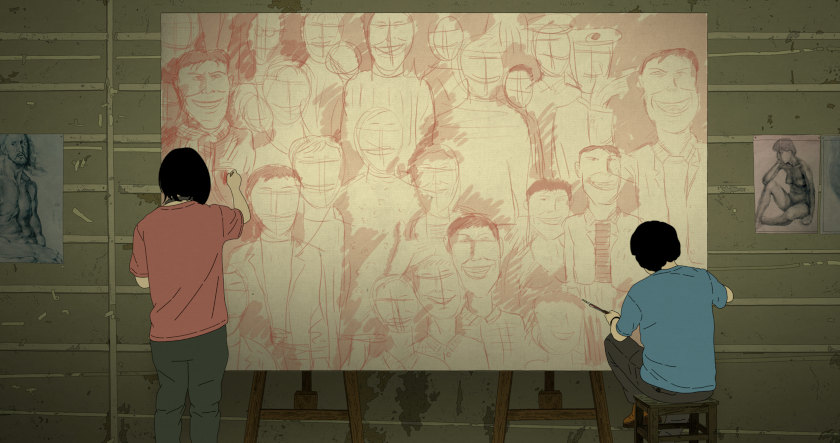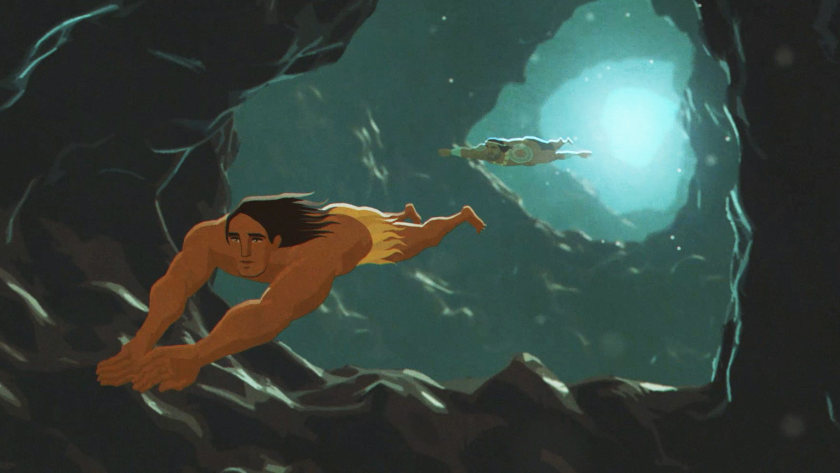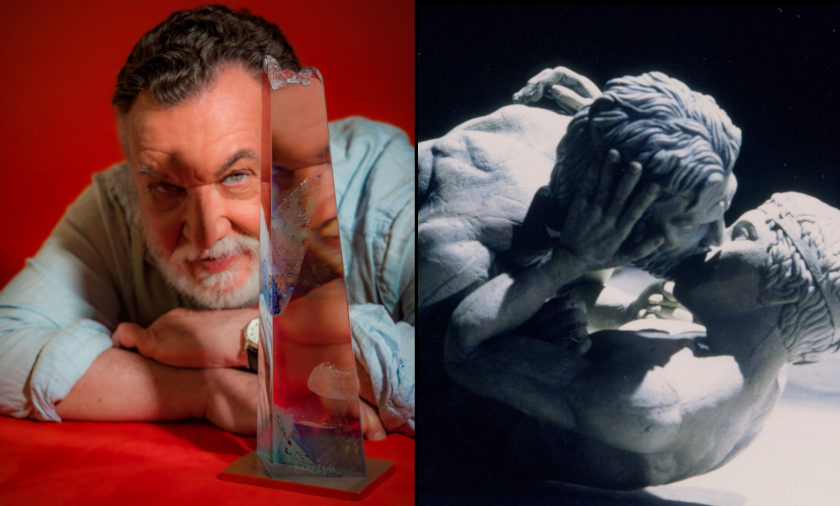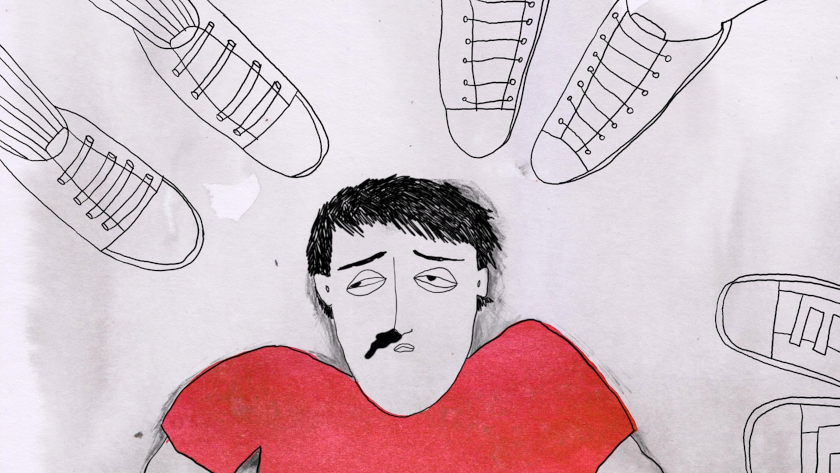The Missing by Carl Joseph E. Papa (IFFR Review)
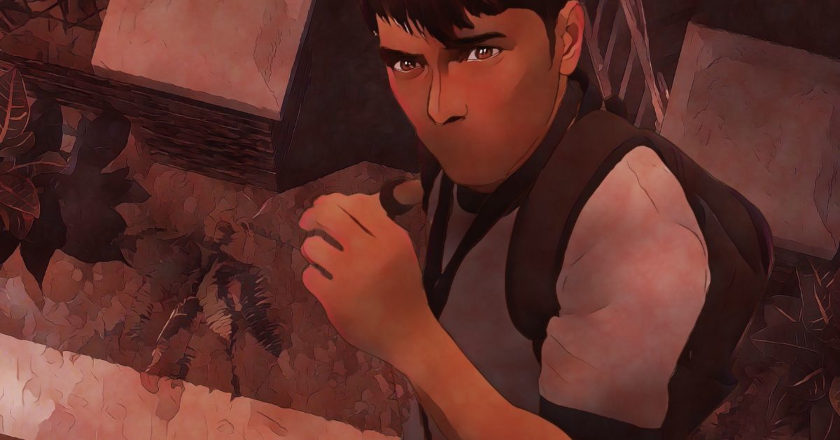
Cinematic lenses on trauma are endless, but many are focused on what happens in the mind. So what happens when trauma removes your ability to speak, see, and feel the world around you — or, for Carl Joseph E. Papa, when your body parts begin to literally disappear? The full-time software engineer-cum-filmmaker creatively uses rotoscope animation to tackle this premise in his third feature effort, 'The Missing', which was chosen as the Philippines’ Oscar submission for the Best International Feature Film category. Most recently, it enjoyed selection for the Harbour strand of the 2024 International Film Festival Rotterdam.
Papa's third feature effort follows Eric (Carlo Aquino), a young animator with no mouth who instead communicates via a whiteboard that he hangs around his neck. After being urged by his mother Rosalinda (Dolly de Leon, who became internationally known for her role in Triangle of Sadness) to check on his estranged uncle, he discovers the relative’s body. Eric is then repeatedly visited by a monstrous alien who seeks to abduct him, and he also starts losing body parts — first his ear, then a hand, then others start to go. With the support of fellow animator and love interest Carlo (Gio Gahol) in a touching show of queer friendship-slash-romance, he unravels and confronts the origins of his muteness, tied to the appearance of the alien that first visited him after a childhood event.
Watch 'The Missing' trailer
'The Missing' shifts between the two animation styles that reflect the protagonist’s varying states of maturity and perspective, primarily as an adult in the present (rotoscope animation) but also as a child in flashbacks (hand-drawn 2D animation). The majority of the film is rotoscoped and cast in muted colors, giving the film a graphic novel-esque quality in its likeness to life. Rotoscoping allows Papa to successfully draw from both realistic animation techniques (where the loss of body parts could accidentally plunge the film into body horror or the uncanny valley) and more stylised illustration (where the loss of body parts may be taken too metaphorically).
In particular, the technique works as a reflection of a distorted reality, seen through the eyes of Eric. Even without a mouth in the present-day sections, he breathes emotions through his eyes. Papa’s inventive use of form is one of the film’s successes, where the removal of body parts can be experienced by the viewer quite viscerally — for him, the loss is not metaphorical. During several sequences on the alien spaceship, pieces of Eric’s reality (and his hand) also begin to disappear, replaced by a checkered transparency background in another sort of stylistic experimentation.
Flashbacks to Eric’s childhood are conducted in 2D hand-drawn animation as if born from the mind of a child, with shapes filled in roughly to simulate crayon etchings. The world is much more freely drawn, and memory heavily informs how the viewer experiences Eric’s world — most notably, a character’s face that is almost entirely blacked out. The animation style works most effectively when juxtaposed with dark thematic material, exposing just how a young Eric saw the world around him: playfully and in bright colors but deeply intercut by personal tragedy.
'The Missing' begins to fall short as soon as the mystery clicks into place for the viewer, and soon a rather conventional narrative unfolds. While never explicitly stated, viewers eventually grasp the circumstances around Eric’s repressed emotions as insinuated mainly through flashbacks. Granted, the confrontation of childhood demons isn’t something to be taken lightly, nor does it require the exploitation of trauma porn. But narrative predictability and character underdevelopment seem to grab hold of the film from its underside, leading it to drag in its last third. For much of the work, Carlo and Eric’s mother end up acting as sidekicks without agency, caught in the throes of Eric’s world in ways that feel nearly unrealistic.

It is interesting to consider 'The Missing' as a “queer-themed” science fiction film, as it has also been described. Eric’s queer identity never plays a central role in directly furthering the plot, but Rosalinda does react gleefully to the possibility of her antisocial son having a boyfriend, a joyful moment in the film. Ultimately, calling the piece queer-themed diminishes the value of normalised queerness within films about young people of color: why not simply call the film queer? A similar argument can be made out of the concept of characterizing the work as science fiction, as it seems to qualify purely due to the inclusion of extraterrestrials as a set piece and even is a touch misleading. It seems unhelpful to label the work in this manner, as the film’s strongest elements — particularly in its compounded usage of animation techniques — form a far stronger foundation for appreciation of the work than these two aspects.
'The Missing' by Carl Joseph E. Papa had its European premiere at the 2024 International Film Festival of Rotterdam.
Contributed by: Olivia Popp




